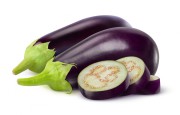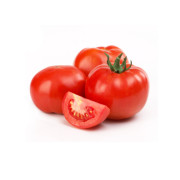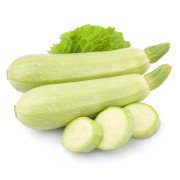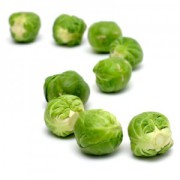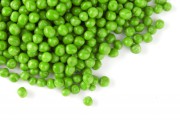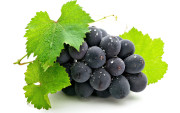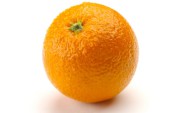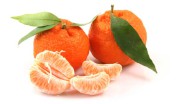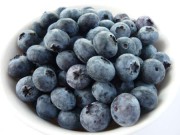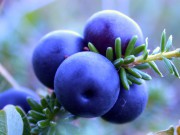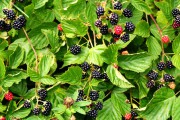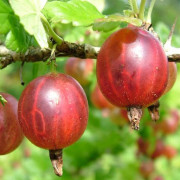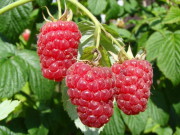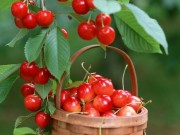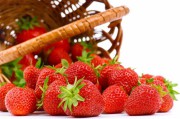Miscellaneous
Eggplants: benefits and harms, contraindications for health. What are their properties, description, vitamins and calorie content of eggplants.
Eggplants belong to the herbaceous plants of the nightshade genus. This tropical vegetable crop is perennial in its homeland, but in temperate climates, eggplant is grown as an annual plant. Eastern India is considered the birthplace of eggplant, from where this vegetable came to China and the countries of Central Asia, and from there, thanks to the Arabs, it spread to Mediterranean and African countries.
Health benefits and harms of tomatoes. Properties, description, characteristics and calorie content of tomatoes. What vitamins are in tomatoes?
The homeland of the tomato is South America; the first mention of the red fruit, familiar to every resident of Russia since childhood, dates back to the times of the Aztecs. In Europe, they became acquainted with tomatoes in the 16th century; the vegetable was brought to Russia only in the 18th century.
Zucchini: benefits and harm to health. Calorie content, properties, vitamins and description of the zucchini plant.
Zucchini is a vegetable belonging to the family of pumpkin plants, a subspecies of the common pumpkin. The zucchini fruit has an oblong shape; young zucchini has a bright green color; as it ripens, it may change to pale yellow or white.
Brussels sprouts health benefits and harms. Properties, description, vitamins and chemical composition of Brussels sprouts.
Brussels sprouts belong to the cabbage family, a subspecies of the plant is cabbage.Brussels cabbage is a biennial; small heads are formed in the first year and seeds in the second.
Green peas are a leguminous crop. What are the benefits of peas and harm to the body.
Green peas belong to the legume family. At the same time, the beans are green pods, and the seeds are peas that ripen inside. The plant may differ in both the shape of the pod and the shape of the seeds, as well as in taste characteristics; these indicators depend on the pea variety.
What are the benefits of grapes and what are the harms: calorie content, beneficial properties and vitamins in grapes.
Man learned to care for grapevines back in ancient times. Perhaps it was by growing grapes that people began to lead a sedentary lifestyle.
Harm and benefits of oranges: calorie content, composition and beneficial properties of oranges.
Orange belongs to the citrus tree species. The orange or “Chinese apple” was brought to Europe by Portuguese sailors, and now oranges grow wherever climatic conditions are suitable for this plant. People have been eating these beautiful aromatic fruits for food and for medicinal purposes since before our era. The benefits of oranges were well known in ancient times.
Mandarin - beneficial properties and harm to health. What are the benefits, calorie content and vitamins in tangerines.
Tangerines came to Europe from China and Vietnam at the beginning of the 19th century and quickly conquered the Mediterranean. Tangerines are grown in Italy, Spain, Algeria, the south of France, Japan, China and other countries with sufficient heat and moisture.
Banana - beneficial properties and contraindications.Why bananas are good for the body: composition and vitamins.
Banana has been cultivated by mankind since ancient times. According to scientists, its homeland is the islands of the Malay Archipelago. For the people who once lived there, bananas served as a complement to their main food - fish. During their travels around the Pacific Islands, the ancient inhabitants stocked up on their favorite fruits and distributed them further and further.
Blueberries: beneficial properties and contraindications, description - what blueberries look like.
The common blueberry is a low-growing shrub of the Heather family, no more than 60 cm high with branched stems and leathery, round-ovate leaves.
Blueberry: beneficial properties and harm, description of what blueberries look like and the medicinal properties of the berry.
The closest relative of the blueberry is the blueberry - a low-growing, highly branched shrub of the heather family. Its tasty, fragrant dark blue berries with a bluish coating contain vitamin C (28%), carbohydrates (up to 6.8%), carotene, PP, citric, malic, benzoic, oxalic acids, pectins, tannins, iron and manganese compounds .
Blackberry - wild berry: description, medicinal and beneficial properties of blackberries.
Blackberries are quite rare wild plants. In our country, not a very large number of amateur gardeners grow it. Therefore, we can safely say that blackberries are wild berries.
Cherry: description, characteristics, beneficial properties and harm of cherries.
Cherry is a shrub or low tree, no higher than 7 meters, from the rose family, belonging to the plum genus.Its fruits are round in shape and dark red in color. Cherries are original in their structure: a bright, glossy shell hides delicious, juicy pulp and a small pit.
Black currant: description of the berry, beneficial properties and contraindications.
Black currant is probably the most famous and beloved berry, with which childhood memories of delicious grandmother’s jam are associated, which was rightfully considered a panacea for almost all diseases.
Red currant berry: medicinal and beneficial properties and description, recipes for the winter.
Garden or common red currant (porichka) is a shrub of the Gooseberry family, native to Western Europe. This is a low plant with gray-green, sometimes yellowish shoots. The leaves are shaped like lobes with jagged edges.
Gooseberries: description, beneficial properties and contraindications for health.
Common gooseberry (European) is a shrub plant reaching a height of one meter; the stems of the plant are covered with sharp needle-like thorns all year round; in the summer season, sweet and sour oval berries of green, yellow or purple color ripen on the gooseberry.
What a good raspberry is - the healing, medicinal and beneficial properties of raspberries.
Raspberry berry is a deciduous subshrub consisting of a perennial rhizome, from which biennial stems grow up to 1.5 meters high. Central Europe is considered the birthplace of raspberries.
Delicious, sweet, fresh cherries: description, fruit, taste. How to preserve the beneficial properties of cherries in winter.
Cherry is a woody plant and belongs to the Rosaceae family. It got its name from the English “cherry”. But the opinion that cherries arose as a result of cherry breeding is erroneous.
Strawberries are red, large, fresh and sweet berries - beneficial properties.
The big red strawberry is the queen of berries, the aromatic fruits of which have truly universal properties.
Wild and domestic strawberries - beneficial properties and characteristics of strawberries.
For many, wild strawberries and strawberries are the same berry, but in fact, they are not. Strawberry is a herbaceous perennial plant with creeping roots. This tasty and healthy berry loves to grow both in forests and in gardens.

